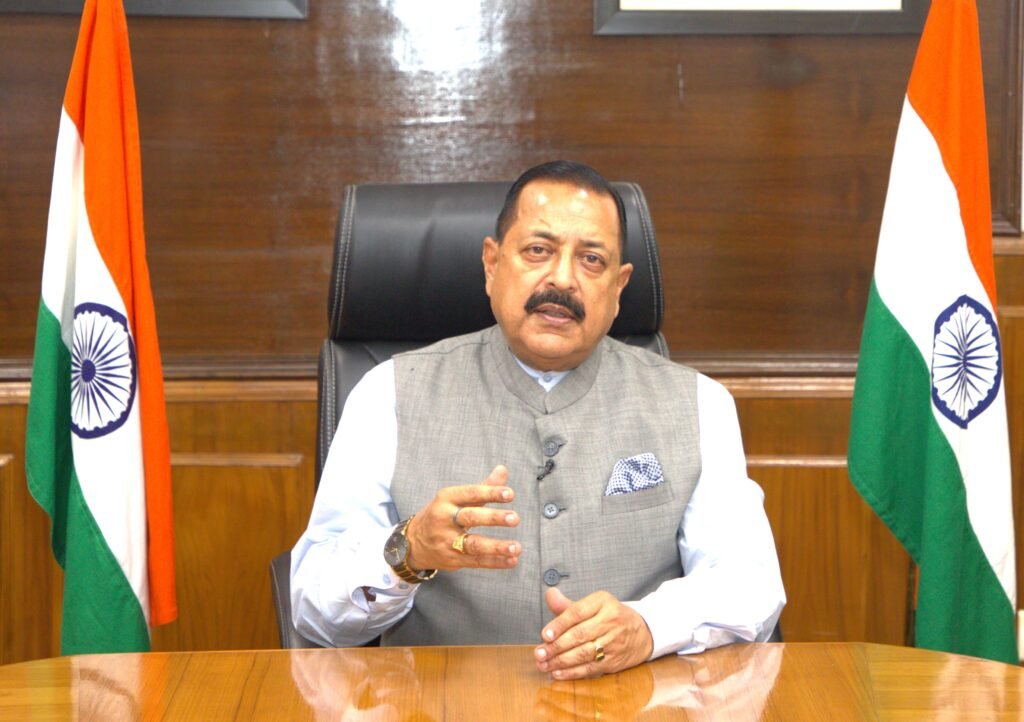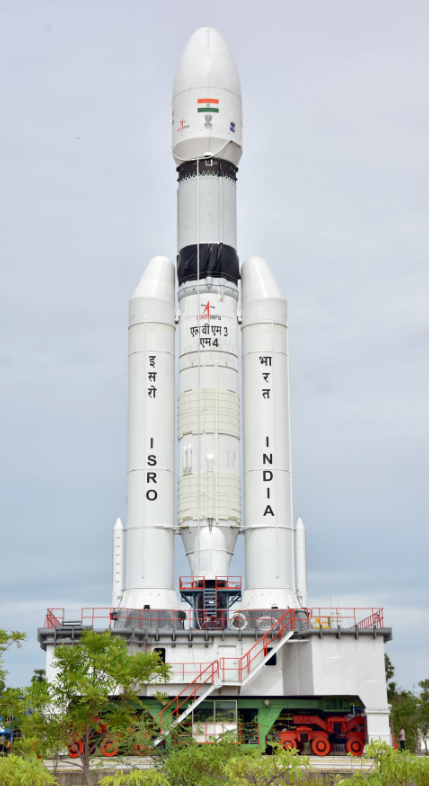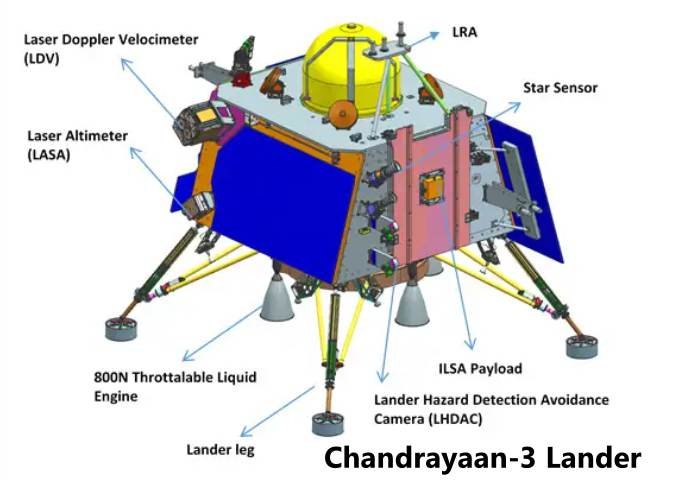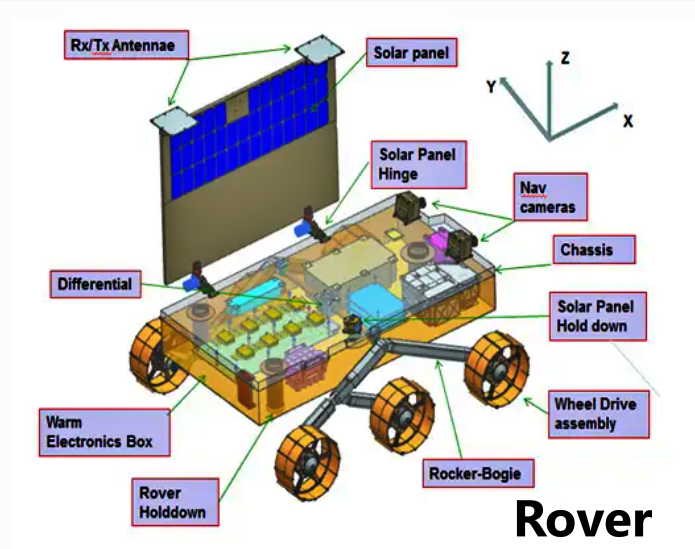Dr Arun Prakash

In a recent statement by Union Minister of State for Space, Dr. Jitendra Singh, India’s Chandrayaan-3 mission is poised to revolutionize our understanding of the Moon’s characteristics. Set to offer unprecedented insights into the lunar atmosphere, soil, minerals, and seismic activities, this mission bears far-reaching implications for scientific communities worldwide.

The Vikram Lander and Pragyan Rover, integral components of Chandrayaan-3, are already executing their mission objectives on schedule. The scientific payloads aboard these vehicles hold the key to unravelling the mysteries of the lunar surface.
The primary focus of the mission revolves around an integrated assessment of various lunar surface attributes. These include thermal properties, surface elements of the topsoil (regolith), plasma environment near the surface, lunar seismic activities, and meteor impacts. Such insights are crucial for comprehending the lunar environment and laying the foundation for potential lunar habitat development.
The Vikram Lander is equipped with cutting-edge instruments, including the Instrument for Lunar Seismic Activity (ILSA). ILSA will continuously monitor lunar seismic activities and meteor impacts, providing vital data for future habitat planning.
Another noteworthy component, the Chandra’s Surface Thermo-Physical Experiment (ChaSTE), will probe the lunar topsoil’s thermal variations. By studying the first 10 cm of the lunar surface, ChaSTE will contribute valuable information for future habitat design.

Additionally, the Langmuir probe will examine the Moon’s near-surface plasma and its diurnal variations, aiding in understanding surface charging dynamics for potential manned missions.
The Pragyan Rover boasts instruments like the Alpha Particle X-ray Spectrometer (APXS) and Laser Induced Breakdown Spectroscopy (LIBS), enabling in-situ elemental composition measurements at designated points. These measurements offer insights into potential lunar habitat development.
Furthermore, the Chandrayaan-3 Mission encompasses the Spectropolarimetry of Habitable Planet Earth (SHAPE), which will identify earth-like exoplanets. The data collected will eventually be accessible to students and the public.

Though the lander and rover are designed to last one lunar day (equivalent to 14 Earth days), ISRO scientists plan to revive them following the ensuing Moon night. This mission’s success opens the door for India’s upcoming endeavours, including the Aditya-L1 mission to study the Sun and the Gaganyaan mission, which aims to send a human to space.
India’s space journey has witnessed significant advancements in recent years, with a burgeoning space startup ecosystem, reforms that make space accessible to private players, and the launch of over 400 foreign satellites. The imminent awareness campaign by ISRO seeks to engage students and the public, capitalizing on the massive interest generated by Chandrayaan-3’s live stream, which amassed millions of viewers.
As India propels itself beyond the confines of Earth, its strides in space technology and exploration underline its commitment to innovation and discovery. The Chandrayaan-3 mission exemplifies India’s determination to unravel the universe’s mysteries and inspire generations to come.
(Courtesy Press Information Bureau (PIB) of the Government of India.)